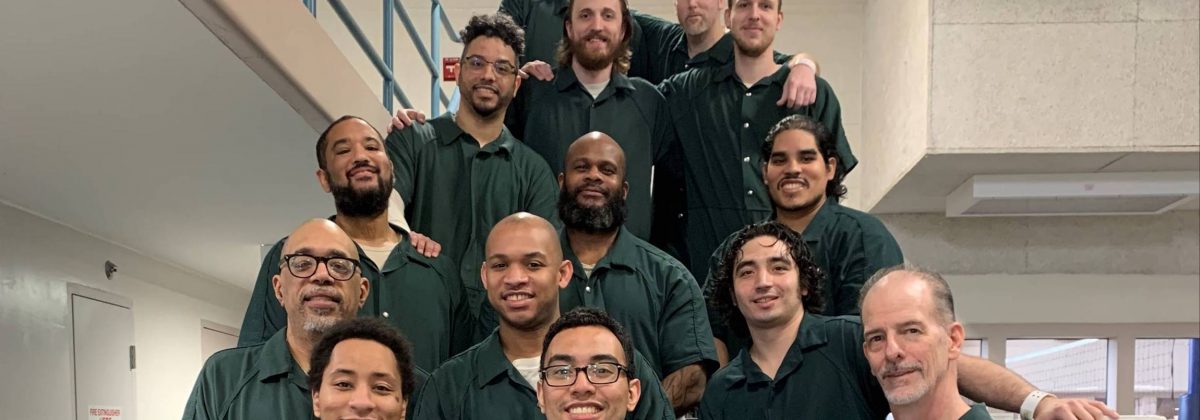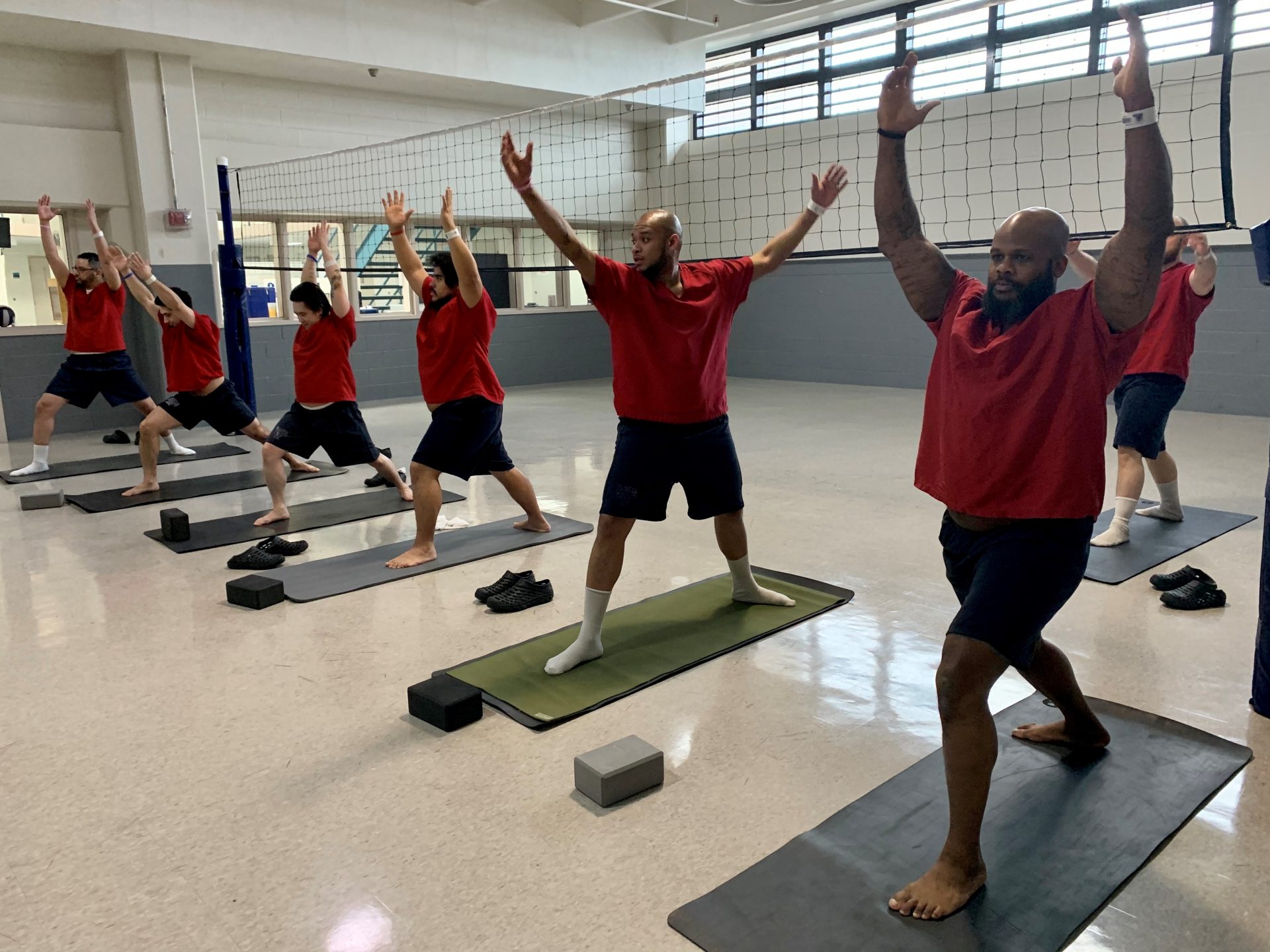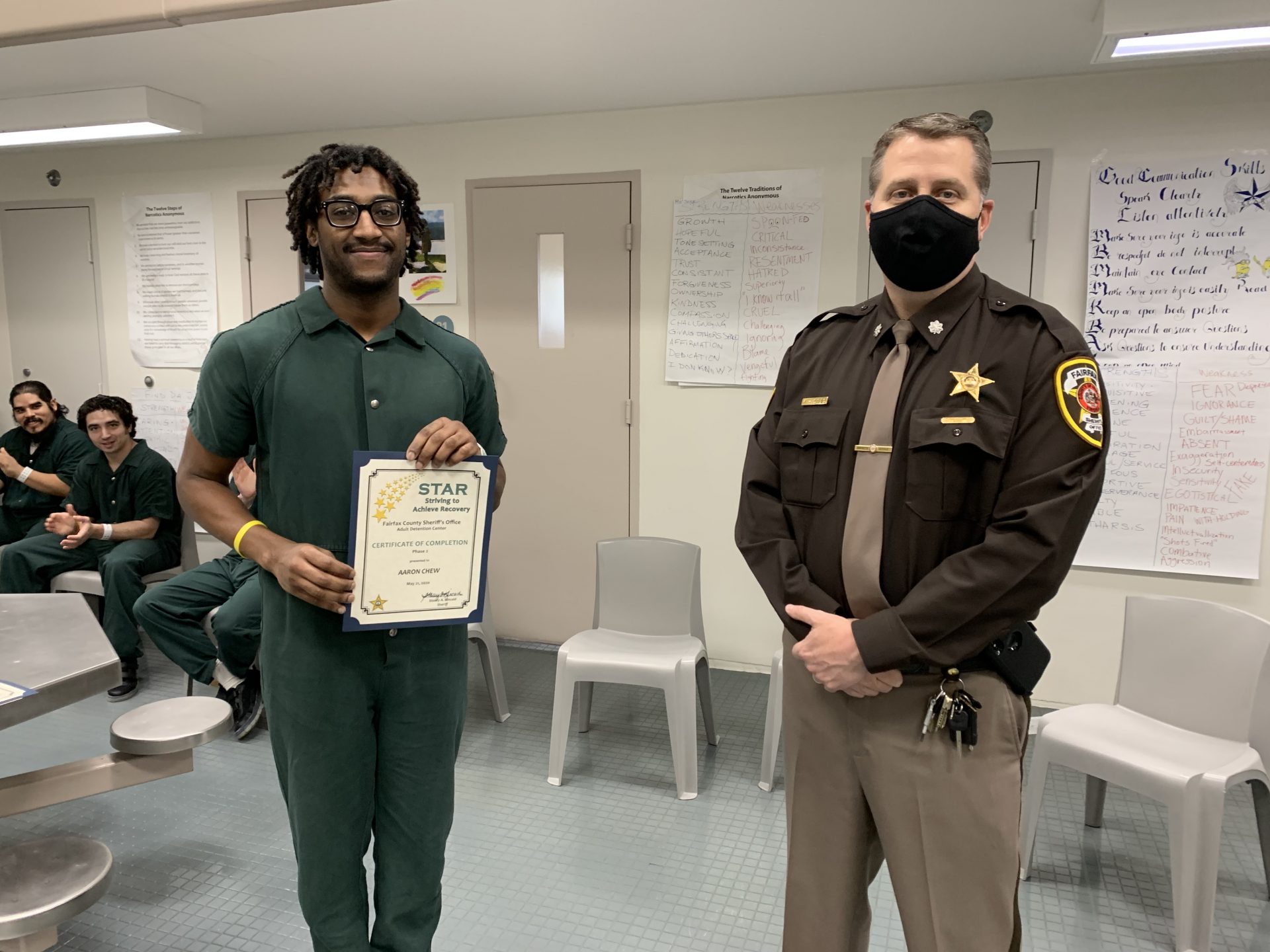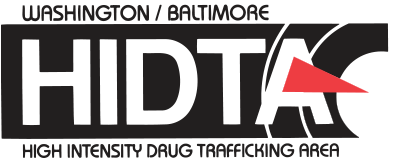
Landing Safely with Support from the Fairfax County Striving to Achieve Recovery (STAR) Program
W/B-HIDTA funded treatment provides peer counseling and medication-assisted treatment for incarcerated individuals with substance use disorders
The Fairfax County (VA) Sheriff’s Office’s (FCSO) Striving to Achieve Recovery (STAR) program is a peer-supported recovery program operating in its jail. It offers holistic, wrap-around substance abuse treatment and recovery services to mitigate risk factors associated with recidivism, the tendency for previously incarcerated individuals to commit another crime. Following is an interview with Laura Yager, the FCSO’s director of correctional health and human services, and Michael Lane, director of the Fairfax-Falls Church Community Services Board’s Office of Individual and Family Affairs, to find out more about the program and how its W/B HIDTA grant has supported its success.
Q: How does the STAR program work?
A: People who are incarcerated and have a substance use disorder (SUD) can apply to be a part of the STAR program. The participants live in a special housing unit separate from other jail housing. The unit is special because the participants have highly- structured days with activities focused on recovery. The peer-run program operates with a therapeutic community model, separated in three phases. In the first phase, people with lived experience (those with addiction and incarceration experience) lead life skills groups, which the participants attend 4-5 times a day. The peer specialists and therapists in the STAR program are deployed through the local behavioral health authority, the Community Services Board.
Additionally, participants focus on developing skills and building accountability for a lifetime of recovery. These skills include recovery planning, self-management of distressing thoughts and feelings (e.g. cravings, anxiety), developing healthy relationships, interpersonal conflict resolution skills, and creating and maintaining a recovery support network. They also learn basics about the psychology of addiction.

In the second phase , participants continue attending peer recovery groups, and start to identify areas on which they need to work, such as identifying and meeting with a 12-step sponsor or other recovery mentor, and advancing education goals (i.e., GED classes, learning a trade), mentoring others in recovery, addressing mental health challenges, and strengthening relationships with family. Participants also start to develop a personal recovery plan.
At this stage, (when COVID-19 restrictions aren’t affecting operations), families are invited for family nights. During family nights, families may visit and interact in groups that focus on learning structured skills they can use with their incarcerated family members, such as supporting a family member’s re-entry. They may also learn the basics about the disease of addiction, and recovery pathways. This is an opportunity for families to connect with participants and begin to heal relationships.
The third phase is focused on reentry into the community. Participants begin to plan with the Community Services Board and connect with different nonprofits to plan how they may remain drug-free while living fulfilling lives. At this time, there is also a focus on giving back to the community through service and sharing their strength and growth with others.
Q: What are some of the successes to come out of the STAR program?
A: Out of 25 former STAR unit participants, 10 have gone back to the community and are still engaged with no recidivism. Four are still incarcerated and are currently in the pre-release area of the jail. Only two of the 25 have relapsed in the two years since the program was founded.

Q: Why should other sheriff’s offices want to become involved in programs like STAR?
A: By offering people options for recovery from SUD/Opioid Use Disorder (OUD) and offering medication-assisted treatment (MAT) in jails, sheriff’s offices are going to see a much better substance withdrawal process and better treatment of chronic health conditions. Also, there will be reduced behavioral health issues for security staff to manage. Medically-managed substance withdrawal and long-term treatment makes for a better jail environment. The Rhode Island Department of Corrections did MAT and saw a 61 percent reduction in overdose deaths upon release and a 12 percent reduction across the state. The other piece is, jails are required to treat chronic illness, and when we look at this as a medical concern, it becomes apparent that it should be treated.
Q: Are there plans to expand the program?
A: We would like to expand to have a separate housing unit that includes women in the program. We’ve also been able to expand and add MAT in jail and screening for OUD at intake with the use of HIDTA funds.
We’re also looking at solid reentry, because the population, particularly folks with OUD, are so high risk. Solid reentry entails connecting to what we often call the “organic recovery community.” These refer to the self-help groups like Narcotics Anonymous and Self-Management and Recovery Training recovery, with regular attendance at meetings, connecting with a sponsor or other recovery mentor. This also includes establishing a safe and stable place to live, obtaining employment, and assessment for further mental health and/or substance use treatment, and following up on that treatment.
We try to link them and have “hot” handoffs to a treatment clinic, which are conducted in person between two members of the healthcare team in front of the patient to ensure that there is no lapse in treatment; and that they are provided bridge doses of MAT medications and/or a prescription to carry them to their community appointment if they unable to get them in same-day. We also provide them Naloxone. Since release from incarceration is a high-risk time for overdose and relapse, we want to link participants with community resources to give them the best chance for success. We try to get them treatment and help them land safely with resources they wouldn’t have had otherwise.
The W/B HIDTA is proud to support such innovative initiatives as the Fairfax County STAR program.
To learn more about MAT and why the Overdose Response Strategy recommends this treatment option in jails, click here.
